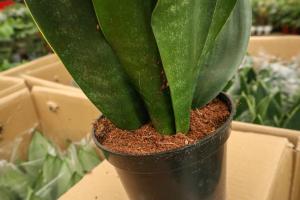1、 Curing method
1. Moisture: Zoysia japonica has no strict requirements on moisture. It can be watered twice a day. In spring and summer, you need to water it more. In autumn, you can water it once a day
2. Soil: it can grow in most of the land, but the soil is fertile, loose and rich in organic matter. When using soil, keep it clean and sterile, and disinfect it after soil preparation

3. Temperature: it likes to grow in a mild climate. It grows fastest in the environment of 13-25 ℃, and the plant will grow better. In winter, the temperature should not be lower than minus 20 ℃
4. Light: it is not very strict on the requirements of light. Usually, it should be exposed to the sun as much as possible. It is best to have a relatively good light condition. In order to ensure its healthy growth, it should be given enough light, not in a dark place

2、 Breeding skills
1. Sowing: it can be carried out from April to may in spring or from August to September in autumn. It is necessary to prepare the ground, apply base fertilizer and spray some suitable herbicides. After sowing the seeds, cover them with three centimeters of fine soil, which has the effect of heat preservation and moisture retention
2. Pruning: because it grows too fast and lush, it needs to be pruned regularly. Generally, it can be trimmed once in more than 30 days. When winter comes, it can be trimmed once

3、 Diagnosis and treatment problems
1. Leaf blight: after being infected with leaf blight, there will be small spots on the leaves and leaf tips, and the leaves will become dry. The disease site should be clean and medicated. It can be sprayed with Tuvalu and disinfected
2. Rust: there will be slightly raised spots on the leaves after the disease, and the leaves will turn yellow, dry and curly. Methyl tobuzin should be used for spraying control, or pomedolite sulfur mixture can be used

4、 Other issues
1. Whether it can be raised in the open: it can be raised in the open, can be made into a playground, or can be used as a lawn. It has good elasticity and is very practical
2. Edible: it has no nutritional value, so it is not recommended. It is generally used for breeding or appreciation


 jackfruit
jackfruit snake plant
snake plant hibiscus
hibiscus hydrangea
hydrangea lavender
lavender Green roses climb al...
Green roses climb al... If you don't pay att...
If you don't pay att... Management of four g...
Management of four g...





























